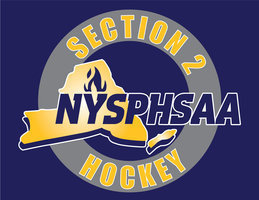
Zoom
Ioanna Raptis/iraptis@seacoastonThe high school hockey landscape has undergone big changes in recent years, with shrinking numbers due to other options such as prep schools and junior hockey. Some skaters view those as paths to greater or quicker success. That is not always the case, however.